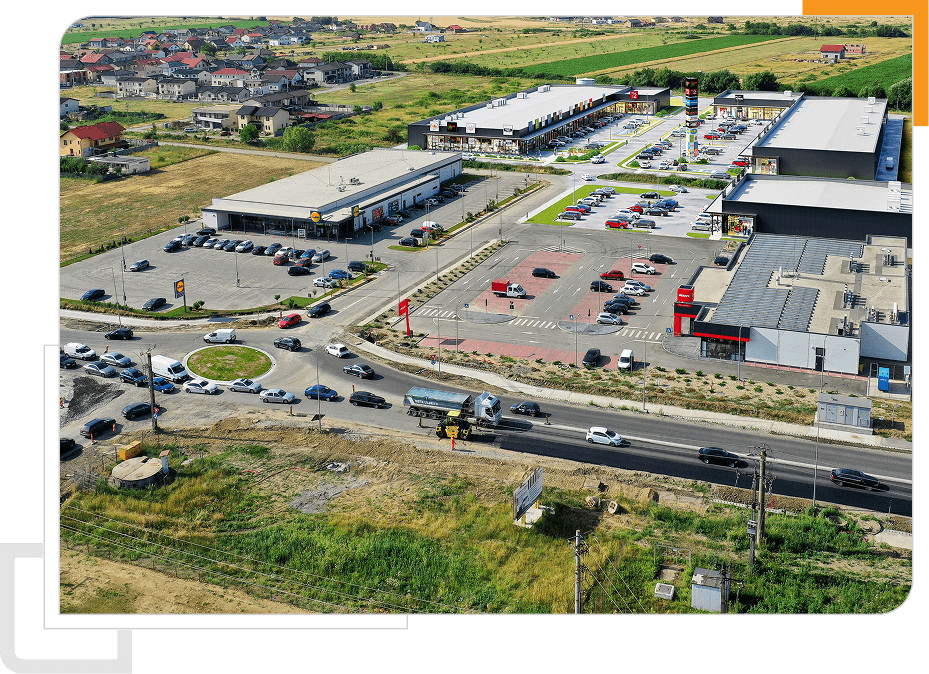Smaller formats, greater relevance. How is trade changing in Poland and Europe?
Evolution of consumer expectations
As generations raised in digital reality mature and their purchasing power increases, shopping patterns are changing. New generations of consumers – especially Generation X and Millenials – expect a convenient combination of online and offline worlds. For them, shopping is the ideal model:
-
Over the Internet, using a smartphone,
-
In small, conveniently located retail facilities close to where you live.
This trend is changing the supply of modern retail space, as well as the strategies of the retail chains themselves, which must adapt to the new realities.
Challenges for retail chains: digital transformation
Adapting to changing customer expectations is one of the biggest challenges for the retail industry today. Retail chains have several possible paths forward:
-
internal competence building,
-
Technology company acquisitions,
-
Partnerships with technology giants like Google.
The need to compete with players like Amazon or Alibaba, who have innovation in their DNA, makes the implementation of new solutions a condition for survival and growth.
The new face of ground trading
Despite the rapid development of e-commerce, it is still stationary trade that dominates in terms of turnover. However, its form is changing.
– Customers expect smaller retail formats located close to where they live. We see this clearly in the development of convenience centers and retail parks in towns near Warsaw, Poznan and around other large agglomerations,” says Bartosz Nowak, Managing Partner at Scallier.
The gap is being filled by retail parks
Poland’s smaller and medium-sized cities still lack modern retail spaces. Residents often have to travel to larger cities to shop at established brands.
– It is in such locations that modern retail parks perfectly fill the market gap. They offer access to well-known brands, shopping convenience and time savings,” emphasizes Bartosz Nowak.
E-commerce goes offline
The omnichannel trend is working in both directions. While traditional chains are expanding online sales, e-commerce giants – like Amazon – are opening their own stationary stores. All to be even closer to the customer.
– Retail parks, with their scale and local character, are a natural fit for this type of business. They are flexible and fully adapted to the expectations of local communities, Nowak adds.
Pandemic as a catalyst for change
The COVID-19 pandemic did not so much trigger new trends as accelerate existing ones. Consumers began to value themselves even more:
-
Quick shopping in facilities with simple architecture,
-
less human contact during store visits,
-
The ability to safely access and enter the premises from the outside.
A secure future for commerce: retail parks
– Retail parks are some of the most crisis-proof retail assets. They do not compete with e-commerce, but rather complement it. Their flexibility, locality and compatibility with shopping trends make them extremely attractive to investors, says Bartosz Nowak.
The portfolio managed by Scallier today includes more than 40 retail assets across Poland. The company plans further expansion – both domestically and internationally.
